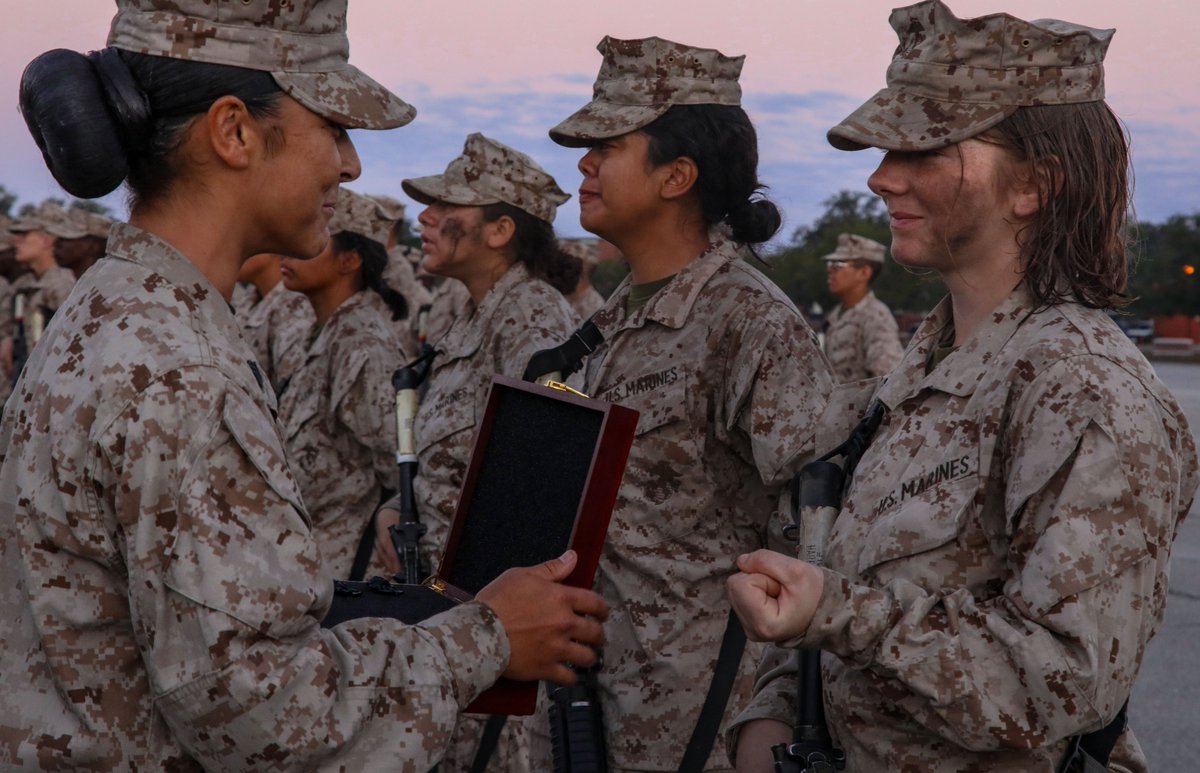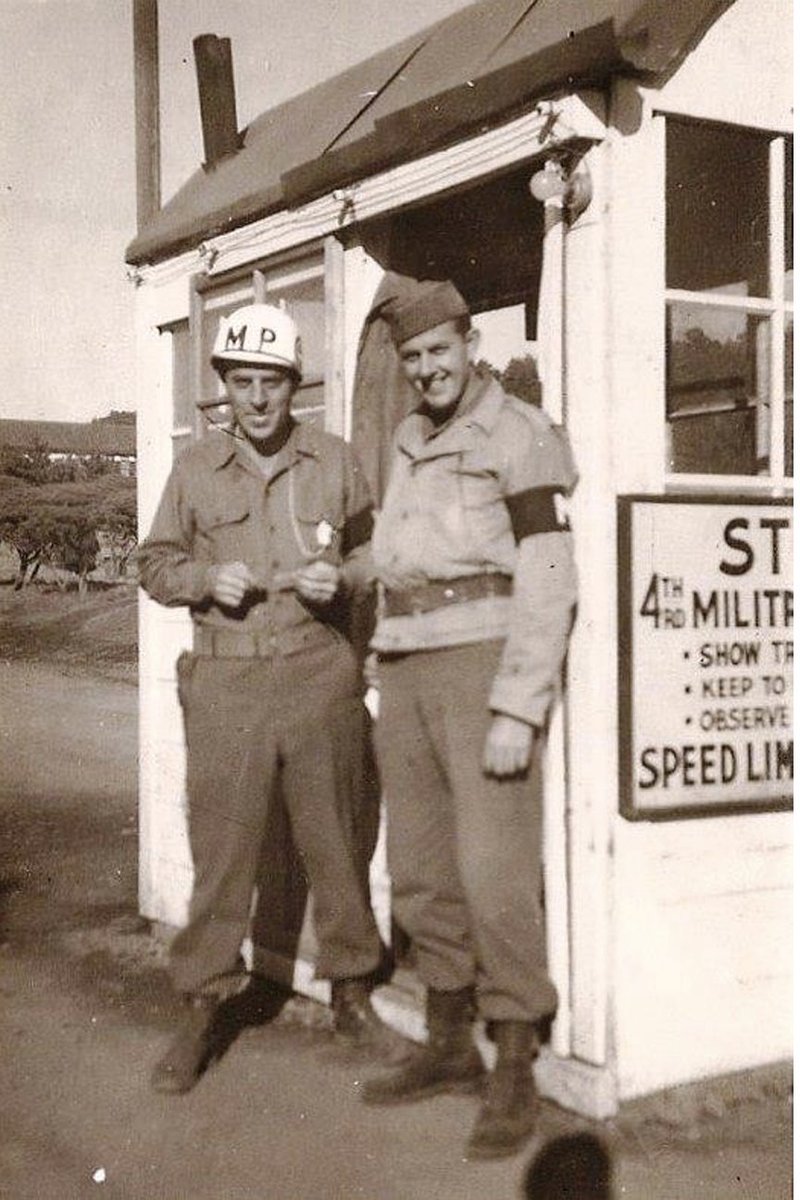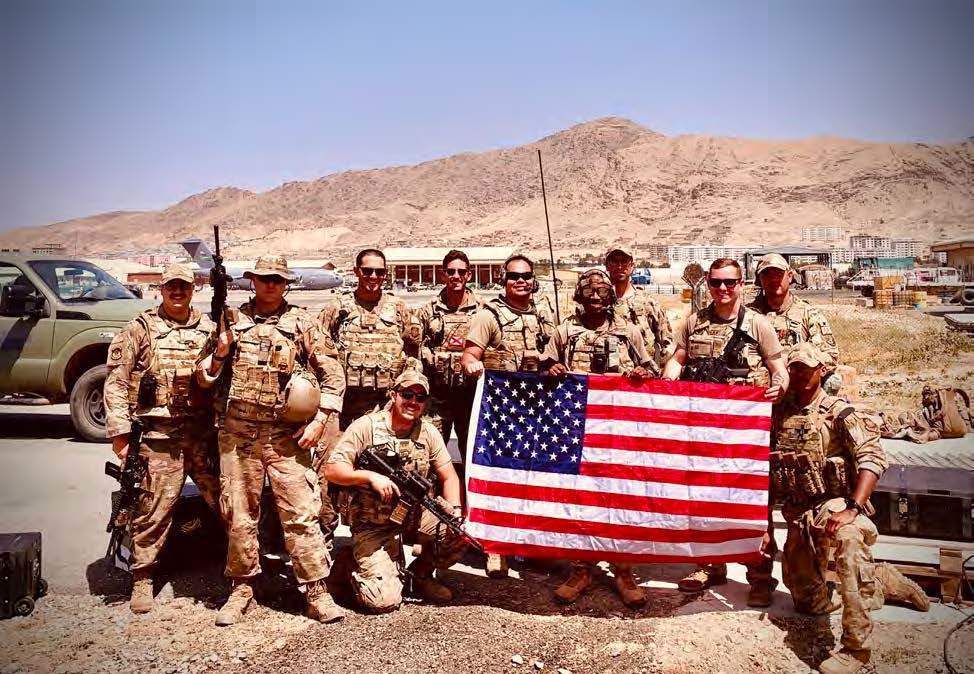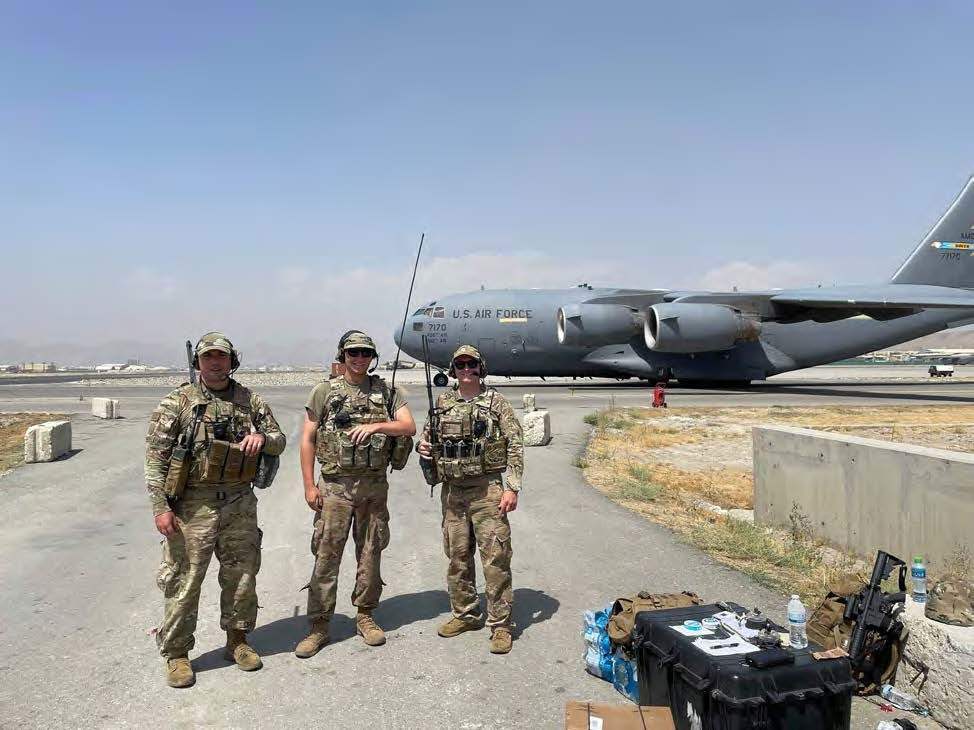I’m not sure I should tweet this right now. I don’t know that I have the stamina to get through all the nuance. But anyway, let’s talk about this @PentagonPresSec claim that Stars and Stripes enjoys “complete editorial independence” and is so valuable for informing the troops.
Why is it then, Mr. @PentagonPresSec, that Stars & Stripes REPORTERS are the only persons IN THE WORLD who DoD specifically & summarily disqualifies from making FOIA requests? Screenshot from DOD’s annual FOIA report data in 2020 — being a S&S reporter specified as denial reason. 

(Note I did not file those five requests for S&S or as an S&S reporter. I filed them two weeks after DMA had ordered S&S to plan to cease publication by Sept. 30, 2020 — I had reason to believe S&S wouldn’t exist by the time these requests would be fulfilled.)
Ostensibly, DoD’s policy is based on the statutory definition of “person” excluding federal agencies, so “representatives of a federal agency” can’t seek records on behalf of an agency. But as far as I can find, DoD’s only ever issued a memo like this about 1 agency’s staff. 

So why is it that the this memo came in 1991, just THREE YEARS after a GAO investigation established credible basis to support allegations of DoD’s undue influence on S&S content and a pledge to Congress from DOD’s top Public Affairs dude saying it would amend its ways? 





And how is it that DOD didn’t incorporate the memo’s language into the new S&S governing reg issued just two years later, but DOES include a whole section about how S&S reporters are THE SAME as commercial media & their U.S. Gov status can’t be used to deny them access. 

Oh, maybe you noticed this section that says 1 “Government organization may not file a request for information” on another. Note it cites to DOD’s FOIA reg, which then was identical to 32 CFR 286 & provided that officials absolutely had private & personal FOIA rights 







In fact, for over 40 years beginning in 1975, DoD’s regs at 32 CFR 286 said EXPLICITLY in one way or another that federal employees who seek records via the FOIA may obtain them under that law. 



A supplementary rule for the Defense Contracting Audit Agency that was in the reg (32 CFR 290) for nearly 30 years was more explicit: though they should be encouraged to use official channels, FOIA requests from a federal official would be *presumed* to be private requests. 





Recall that the basis of DOD’s policy denying S&S reporters’ FOIA rights is the statutory definition of “person.” That def hasn’t changed since 1946. So if these regs remained from 1975-2018, clearly the Act doesn’t *require* DoD to deny S&S reporters’ private FOIA rights.
Actually, you have to be stupid or disingenuous to read the FREEDOM OF INFORMATION ACT as meant to LIMIT who can access records to only everyone but S&S reporters bc they’re such clear “representatives of a federal agency” and the definition of “person” excludes “agency.”
The FOIA is explicitly meant to be implemented to make the greatest amount of records open to the greatest share of the public (esp. press!) as possible. Congress established *only* 1 exception to its “any person” standard: foreign govs seeking records from the intel community.
The courts have held there are 2 more exceptions: fugitives from justice *when seeking records about their cases*, and persons who waived a right of access under a plea agreement *when seeking records waived under the agreement*. Thus, limits on FOIA rights are narrowly tailored.
Also, where “person” is used, it’s in a sentence stating that agencies SHALL release records “to any person.” Therefore, it only means agencies aren’t obliged to release records to nonpersons (other agencies). That doesn’t mean they’re FORBIDDEN from doing so. 

But, fed’l employees are obviously persons (individuals), so releasing to them wouldn’t actually be release to an *agency*. EVEN in an official capacity, a fed employee is still a person, the Justice Department office that oversees implementation of FOIA has said. 



The DOJ Office of Information Policy has also confirmed to me this year that federal employees retain private FOIA rights. It refers to the DOJ FOIA Guide section that lays out the three exceptions to “person” mentioned above (in white here). 





Note that the above DOD memo was issued in 1991 and is vaguely worded. It doesn’t say explicitly that S&S reporters can’t file FOIA requests in a personal capacity, but it suggests they can’t & are disqualified merely for being S&S employees — & that’s how its interpreted.
DoD doubled down on it in 1993, 1999, 2018 and, most recently here in March.
Note that this new memo allows S&S reporters to use FOIA “not on behalf of S&S” but **ONLY** with S&S prior approval. It’s not a “right” if gov agency gets to approve it.
Note that this new memo allows S&S reporters to use FOIA “not on behalf of S&S” but **ONLY** with S&S prior approval. It’s not a “right” if gov agency gets to approve it.

As far as I have been able to establish, DOD does not require any other federal employee — indeed, per the memo, not even other non-editorial S&S employees — to prove they have an Executive Branch supervisor’s permission to use their own FOIA rights in a private capacity.
This new memo also bizarrely only allows S&S reporters to file FOIA requests with approval to engage in “outside journalistic employment,” apparently restricting an S&S employee’s personal rights only to paid work situations?!
It sure looks a lot like DoD is trying to require that S&S reporters show that they are seeking records ONLY for publication outside S&S in order for them to simply obtain records in the public domain. This would seem to violate this regulation at paras 4.2 and 4.5. 

This would also seem to violate the well-established rules that a requester’s identity, interests, needs or plans for the records have no relevance to disclosure decisions or access rights. Here, Sikes v. Navy (11th cir. 2018), left, and FBI v. Abramson, (U.S. 1982) 



Under FOIA & DoD regs, officials can’t require a requester to disclose his/her/its ID or plans, let alone that a supervisor in one job approved the use FOIA for work at another job. Yet here DoD’s trying to require it of S&S reporters — and ONLY those reporters. Strange, no?
It’s ridiculous when you think about how the FOIA exists not to release records to certain people for certain approved uses, but to make MOST records open to ANYONE, for ANY REASON, provided only that they ask properly (i.e., in writing, specific, willing to pay fees, etc.).
Here’s how President Johnson & Attorney General Clark described the FOIA and its aims when it was passed and took effect. ALL INDIVIDUALS have an equal right, disclosure limited only by exemptions, etc. 



Now, if DoD would prefer that those with official privileges of access use those privileges when seeking records for official purposes, and that FOIA be reserved only for public requests, THAT MAKES SENSE. It’s laudable, even.
But then why target S&S REPORTERS’ private rights?!
But then why target S&S REPORTERS’ private rights?!
As noted above, DoD Directive 5122.11 doesn’t let DoD deny S&S reporters access bc of US Gov status — but it also prohibits S&S reporters from using that status to gain access not offered to commercial news media. So S&S reporters have no “official” access to use. 

Moreover, it’s tantamount to the government forcing S&S reporters to violate gov’t ethics laws by requiring them to use *official* channels to obtain records for *unofficial* use.
I asked DoD 89 days ago if any similar memo or policy exists re: other federal employees. I’ve received NO response.
Let’s be clear: Unlike other DoD employees who might be tempted to seek records under FOIA for official use, ALL my intended uses of records I request under FOIA are explicitly *unofficial.*
I want the records for me, in my possession, in the public domain so that I can do with them whatever I please, share them if, when, where and how I want, maybe today on Twitter, tomorrow via email, or in 10 years in a book, as is the right of “any person”under FOIA.
That’s true independence.
But on the same day the @PentagonPresSec was touting S&S’s independence, I received 5! FOIA appeal denials just like this 1. That makes 22 appellate responses upholding DoD’s denial of my basic FOIA rights.
So let’s break this down…
But on the same day the @PentagonPresSec was touting S&S’s independence, I received 5! FOIA appeal denials just like this 1. That makes 22 appellate responses upholding DoD’s denial of my basic FOIA rights.
So let’s break this down…

Note that it’s addressed to me at a privately owned residence on foreign soil — not a US government office. That’s the address I used in my request, filed in my off-duty hours. Note that I sought 30+ year old PA regulations, not NEWS. 



Then it says “because you are identified as a reporter on the Stars and Stripes website … you may not submit a FOIA request on behalf of the Stars and Stripes.” First of all, NO ONE can file a FOIA on behalf of S&S!
Secondly, I DIDN’T FILE ON BEHALF OF S&S or even mention it.

Secondly, I DIDN’T FILE ON BEHALF OF S&S or even mention it.


The fact that the Government went to stripes.com to find my name in order to state that as a basis to deny my request makes clear the denial is predicated on my identity — it uses the phrase “because you were identified…” FFS. Remember the ol’ Supreme Court? 

Then there’s this graph, claiming I submitted the request as “a U.S. citizen, private party, and representative of the news media.” Guess what — that phrase appears nowhere in my request. 



What’s more, this graph says I “may be required to obtain prior approval” — it doesn’t even bother to prove that the requirement exists, just that it could have existed. WTF?! Mind you, DOD policy is that when in doubt, the presumption should favor disclosure, not withholding. 

If I’m required to get government approval to obtain information from the government in my spare time, because it might create a “conflict of interest” with my DOD employment, then there are about 3 million other people who should have to do the same.
I should also note that my appeal addresses the fact that I was not engaged in “outside journalistic employment” — I wasn’t getting paid.
I haven’t gotten paid for the time I’ve spent on 73 FOIA requests since May 2020, at least 30 of which have been denied initially and 22 of which have been denied on appeal (8 appeals pending or in draft) all solely on the basis that I am a Stars and Stripes reporter.
A couple last notes before I fall asleep. DoD’s policy re: Stars and Stripes reporters being disqualified from using FOIA is arguably a substantive rule in that it imposes burdens, yet has never been published in the Federal Register or subject to public comment.
I suspect, but do not know for sure, that that makes it an unenforceable rule under the FOIA itself.
Also, there’s no requirement that a requester use his/her true name when making a request, so the whole DoD policy is insane. I could literally create a GMail account with a fictitious name and request all these records. The reason I don’t is bc I’m fighting for my own rights.
Just a side note here to say that I sought this record via FOIA after I was unable to obtain it via “official” means using my CAC. I don’t use my .mil enough, so it gets culled, so I figured I could just FOIA the record since it’s old & not otherwise publicly available (afik). 



• • •
Missing some Tweet in this thread? You can try to
force a refresh























